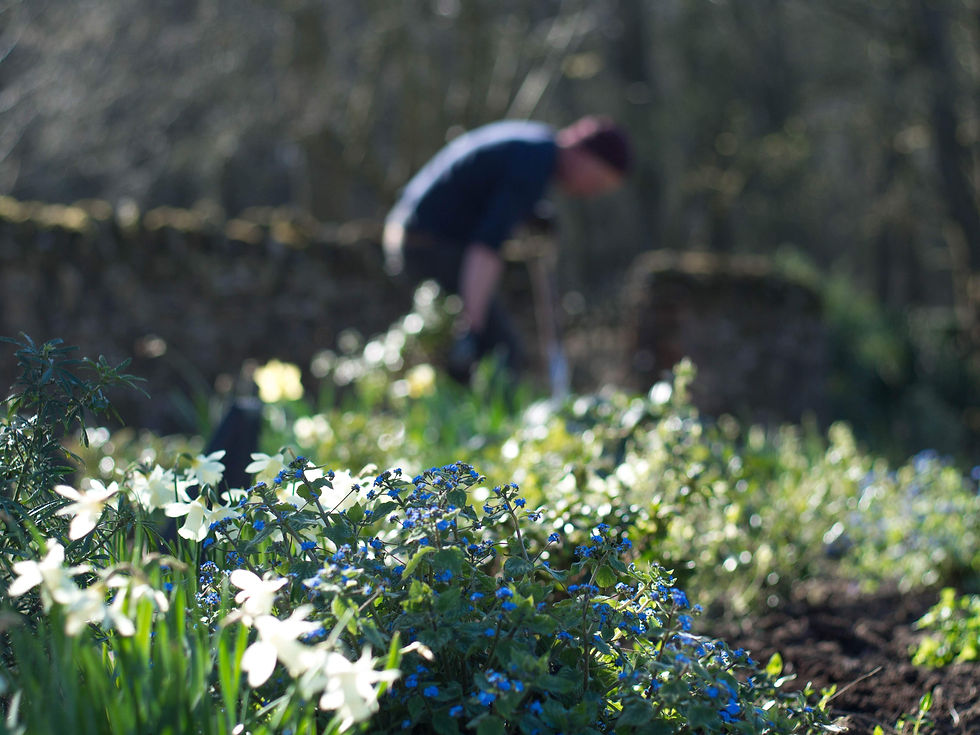
What are Bare-root and Root-ball Plants?
Bare-root (BR) and root-ball (RB) plants are just like any other plant. The terminology refers to how they are supplied. Rather than being sold in a container, they are sold as Bare-root or Root-ball.
So Whats the Difference?
Bare-root plants are dug with all the soil shaken off and are only sold in the dormant season from October-March. This is to reduce the stress on the plant which gives a much higher chance of success. Bare-root is popular with smaller plants such as Roses and small hedging plants known as whips.
Root-balled plants are also nursery dug during the dormant season but are lifted with a ball of soil on the roots which is then tied up with a piece of hessian to protect the roots while they are out of the ground (like the photo above). The plants are planted with the hessian attached as the roots can grow through the hessian. Larger trees and shrubs will always be root-balled. This is because it leaves much more of the root structure intact. The other advantage with root-balled trees is you can use a ground anchor systems which we will talk about later.

Best Planting Practice
Whenever planting bare-root or root-ball plants it is really important to follow a few essential practices. Always make sure that the plant is well watered before planting. With bare-root this can be achieved by submerging the roots in a bucket of water. With larger root-balls simply hose the ball as wet as possible.
Always feed the soil that you will be planting into. Vitax Q4 is a good choice with most plants but always check prior to use. Likely the most important practice is USE MYCORRHIZAL FUNGI.
What is Mycorrhizal Fungi?
Mycorrhizal fungi exist in nearly all soils. They produce a secondary root system for the plant. The fungi assist the plant in absorbing water and nutrients from the soil. When we lift the plants for sale we disturb this relationship so it is important that we add the fungi back to speed the process of reproduction up.
When we supply and plant any root-ball and bare-root plants we always use the latest botanical understanding of the successful development of the plants along with the latest techniques to achieve this. This also includes the lasts in industry hardware.
Platipus Tree Anchoring

The Platipus™ rootball fixing system uses driven wire anchors to pull the rootball to the ground. This is the plant subsoil support mean that there is no unsightly stakes or guide wires. The system also removes and risk of damage and there for diseases to the plant from rubbing ties on the bark.
Platipus Irrigation System

Drought stress is one of the biggest contributors to high mortality rates of transplanted trees in the first few years after planting. Water is vital for tree growth and sustainability and without regular watering the tree will suffer irreparable damage.
During the summer a 6cm girth tree typically requires at least 30 litres of water per month and a semi-mature tree, with a girth of 20cm or more, needs 300 litres of water per month. The use of a targeted irrigation system that delivers water directly to the root zone provides huge benefits to the tree's development. The system also encourages lateral root growth aiding in making the plant more stable.

